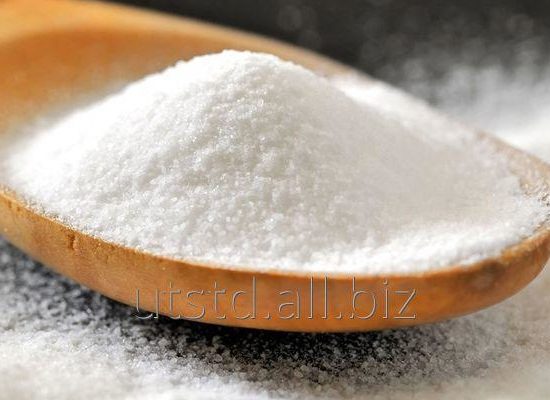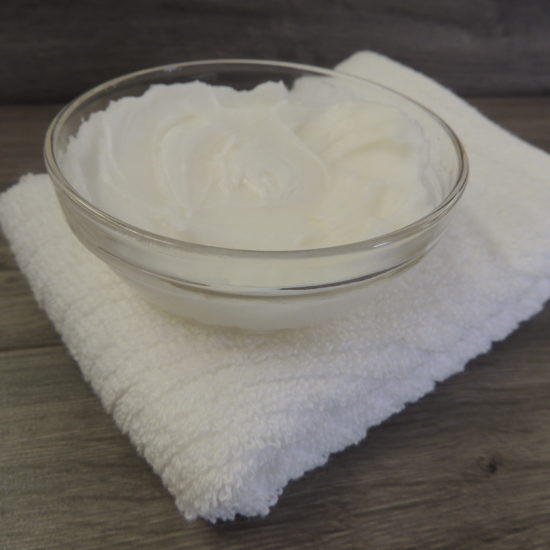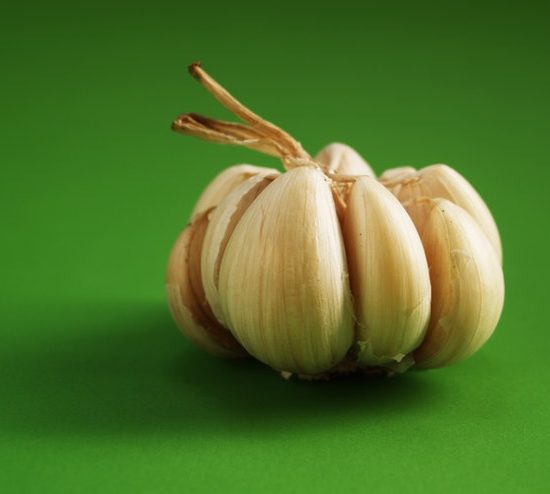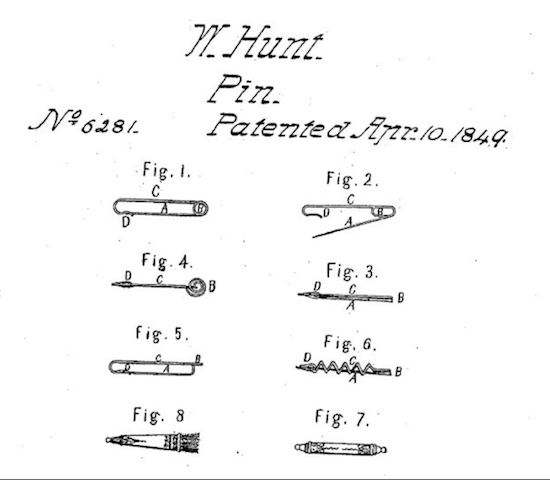
What Never Spoils Could Never Hurt You
Today’s tool recommendation? How about honey? Sweet…of me, I know. But I’m serious. Here’s what my honey can do.
Honey never spoils…you could eat thousand-year-old honey if you found it. Why is that, you ask?
The reason is simple …honey has amazing antibacterial, antifungal, and antiviral properties…so nothing can really grow in it and hence it does not spoil. And that is one of the reasons it is so good to use on wounds. The Romans were masters of practicality…they did incredibly well with what little they had.
Physicians in the Roman army routinely slathered honey on all those nasty wounds their troops had after battles. They did not have the luxury of modern antibiotics and so they used honey and herbal treatments.
I have used honey in my practice for over twenty-five years with great success. Wound clinics routinely prescribed ridiculously expensive creams and salves for my patients, and many times with little success. I routinely intervened and told them to buy a jar of raw local honey at the farmer’s market or the local grocer. After using my honey treatment they returned to the wound clinics and repeatedly astonished the doctors and nurses there with their speedy recovery and lack of infections.
Honey and Wound Healing
Here’s the science behind honey’s amazing properties.
- Honey is very viscous (thick) and therefore has a very strong osmotic effect (think of osmosis as gravity).
- Honey is very osmotically active so like gravity, it has a strong pull, so it pulls or draws fluids out of the less osmotically active wound, carrying debris, dirt, and bacteria, etc. away from the wound onto the dressing.
- That is why it is good to apply the honey directly to a wound dressing and then apply that to the wound. This way you can change the dressing each time it is soaked with fluids from the wound.
- This osmotic effect also helps keep the wound moist, preventing premature scabbing and aiding in healing.
- Honey also has a very strong attractive effect upon water, which it will combine with and make it unavailable to thirsty bacteria, fungi, and viruses. As the bacteria in a wound feed on the glucose in honey they will produce lactic acid. This will also prevent the foul smell of many wounds.
- As honey gets combined with water it will produce hydrogen peroxide. This is the same substance that your body’s white blood cells produce to destroy foreign invaders. This is why hydrogen peroxide has a strong antiseptic effect. This also promotes wound healing. The hydrogen peroxide in honey is steadily produced and hence has a long-term positive effect on the wound.
- Honey also causes the chelation of iron, thus binding it to proteins and rendering it unavailable to bacteria, which need iron to reproduce. Therefore, whenever you bind iron up and make it unavailable to bacteria, you are producing an antimicrobial effect.
- Honey also helps promote granulation of wounds. at is the step after the production of a clot to close a wound.
Note: Granulation tissue is the yellow tissue in the base of a wound. I have found that even by nurses it is very often mistaken for pus. is is your body’s way of filling in a wound gap and allowing normal tissue to grow into that from all sides and heal a wound. You can tell the difference of it from pus because it is nice and uniform, lining a wound with the look of a thin layer of lemon pudding and without any foul smell that pus usually produces.
Honey for Burns, Skin Ulcers, and Dry Skin
Honey also works very well on burns;
- use it the same way, covering the burned area with a large gauze soaked with honey.
- Change it just like the wound dressing, whenever it is soaked with fluids that it has drawn out of the burn. It will prevent the major problem with burns, infection.
- It will also produce better healing and less scarring, which can be critical in treating burns.
Honey also works very well in skin ulceration. I have treated many patients with large, deep decubitus ulcers (bed sores) and they have healed remarkably well. Honey applied to a dressing along with proper positioning of the patient to alleviate those pressure points will work wonders for patients with bed sores.
Honey has also been used to treat dry, parched, or injured skin of any type. Women as far back as Cleopatra have used raw honey for face masks and to beautify their hair and skin. The great moisturizing effect of honey on dry, ageing skin is due to its ability to attract and retain moisture in the skin without making the skin too oily. For this reason as well as raw honey’s antibacterial effects, it works very well in cases of acne.
Raw honey has been used for every conceivable kind of skin problem, including athlete’s foot.
Honey for an Upset Stomach
- Raw honey, when combined with ginger and lemon juice, makes a very potent treatment for nausea and vomiting as well as gastric distress of any type, including ulcers.
- Raw honey also contains large amounts of amylase which is concentrated in the pollen of flowers. Amylase is a digestive enzyme that digests starches such as bread, pasta, potatoes, and rice, thus it aids in digestion and is an excellent treatment for indigestion.
I think I made you consider at least getting some to just eat it, for now.
Question is – What Type of Honey Should You Buy?
Dr. La Guardia tell you all about it in his book; the community is already referring to it as The Bible of Survival.
Are you ready to finally make the switch from surviving to thriving?




















